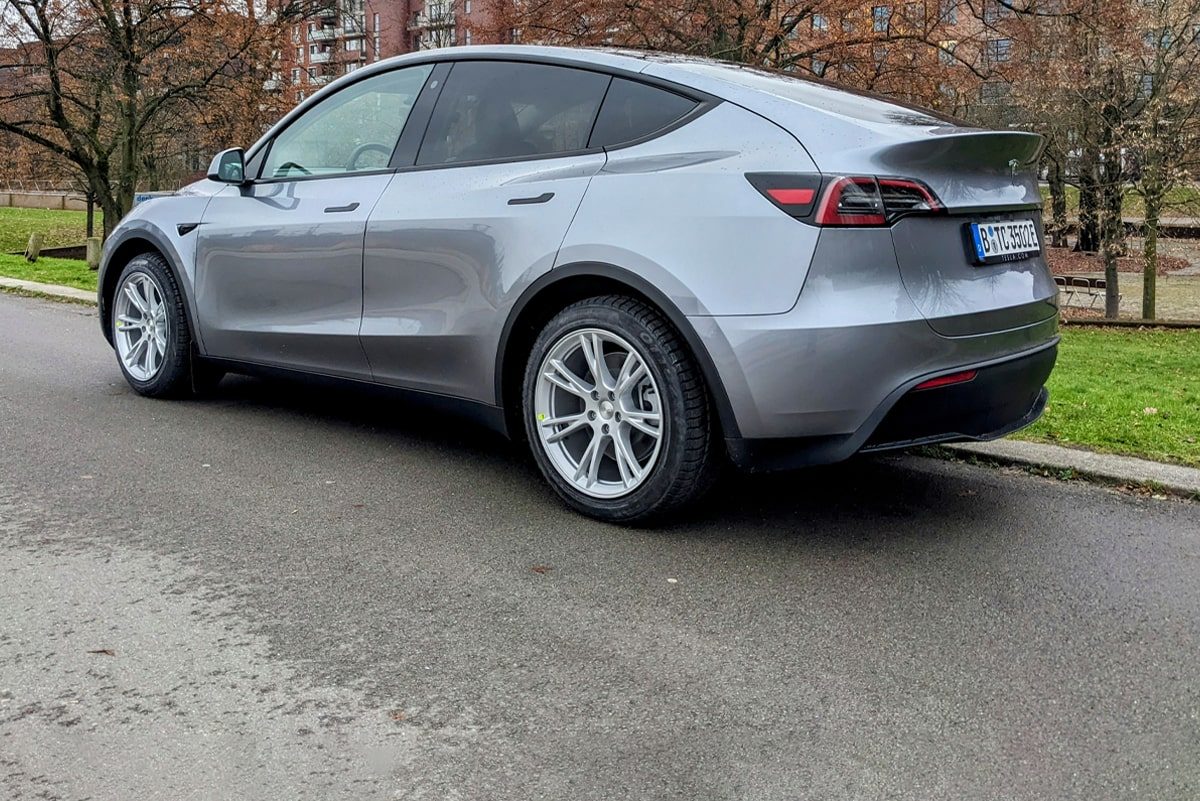
What can the Tesla Model Y with BYD battery do?
Is the Tesla Model Y a German car? In the case of our test car, you may say yes. After all, it was produced in Grünheide, near Berlin, as indicated with a B on the license plate. At our request, the press office provided us with the basic trim, meaning a rear-wheel instead of all-wheel drive and a range of 455 instead of 533 kilometres in the WLTP cycle. It also means the model comes equipped with LFP cells from BYD in the traction battery, whose basic characteristics include sensitivity to cold. Can this work in winter, and if so, how much compromise do buyers have to accept when investing €7,000 less than what they’d pay for the full long-range?
The good news first: for €42,990 (Editor’s note: the car was €44,890 in Germany at the time of writing, but Tesla has since lowered the price), you get everything that makes a Tesla special. Foremost is the ease of operation. In other words, the combination of simplicity and convenience or sheer usability. Specifically, the app is error-free and shows the location, the state of charge and the interior temperature. Preconditioning is just as possible via the app as opening and closing, reliably and quickly. Unfortunately, this is worth mentioning because many competitors do not offer this or do not offer it with such clarity.
Tesla means convenience
This also applies to the navigation. After entering the destination by voice control, the display shows the Superchargers along the route and how long charging should take. At the same time, the traction battery is preconditioned for the stop, which means warmed up in winter. Once at the Supercharger, charging starts like with Plug & Charge since identification is automated. Plug in the cable, done.
It should be clear to everyone that this combination of perfect route planning, targeted preconditioning and “Plug & Charge” – let’s call it that, even if it’s not precisely the standardised procedure – is ideal, especially for those who want to drive an electric car without having to know much. This is convenience, after all. Many competitors have understood this and adopted the principle. Some, on the other hand, offer nothing at all in this respect. (BMW caught up with Tesla in one function: manual preconditioning is a successful feature for anyone who likes to drive without a navigation system.)
Preconditioning eliminates the cold problem
The point where the Tesla Model Y RWD excels is in traction battery management. Tesla does not publish data, but according to our measurement and other consistent sources, the energy content is 60 kilowatt-hours (kWh). What Tesla is doing with BYD’s LFP cells is impressive.
LFP cells (lithium iron phosphate) have one problem: In frosty conditions, they do not draw any power at all, and they only really feel comfortable at an internal temperature of over 40 degrees. Obviously, the control software is designed to achieve this target corridor through preconditioning. This also shows in the increase in power consumption before stopping at a Supercharger station.
Charging performance like 800-volt systems
The result? It reproducibly took under 20 minutes to charge from ten to 80 per cent in wintry outside temperatures of three to eight degrees. This is almost on par with Hyundai’s e-GMP platform with 800 volts, where the factory specification is 18 minutes.
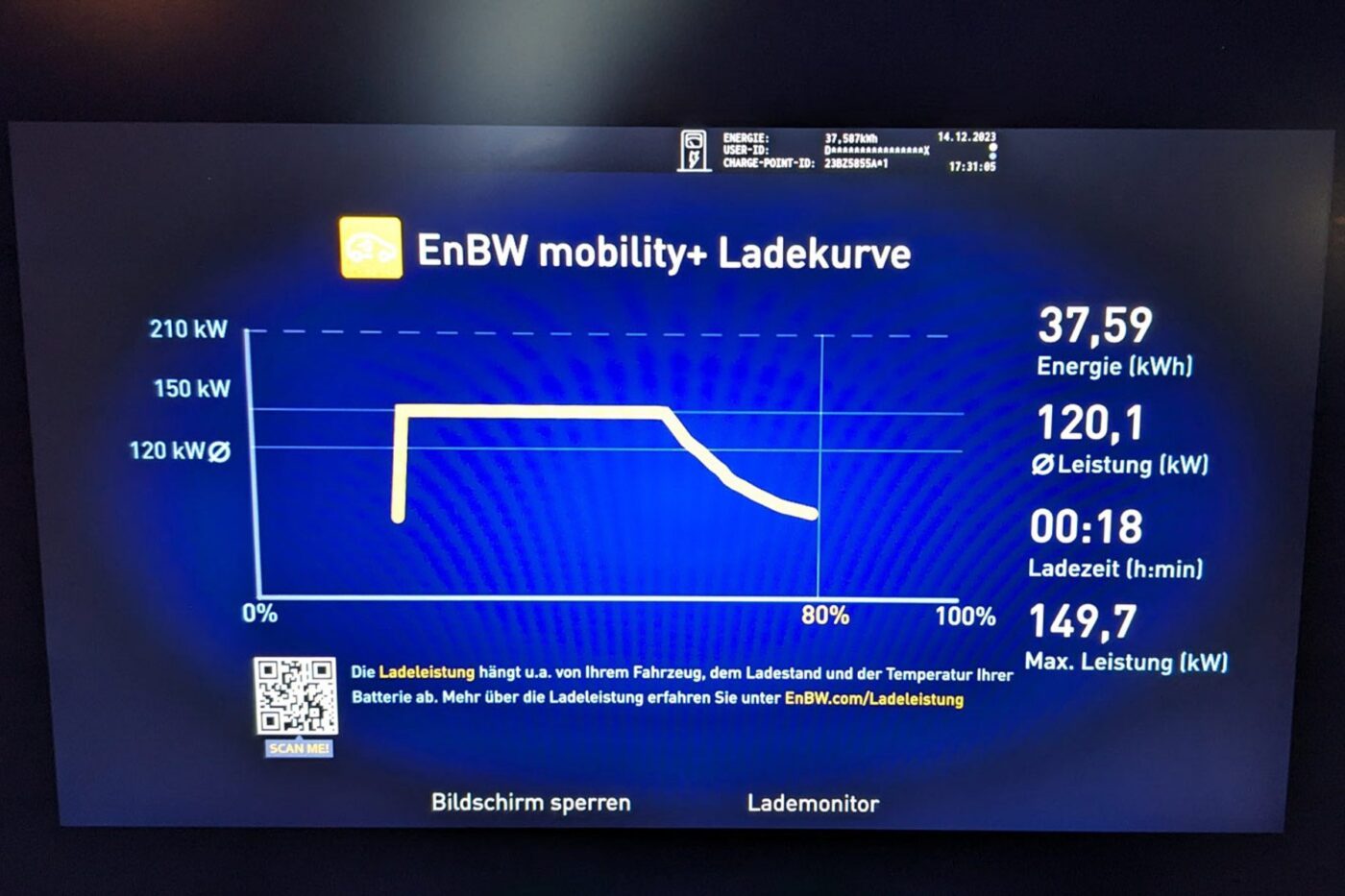
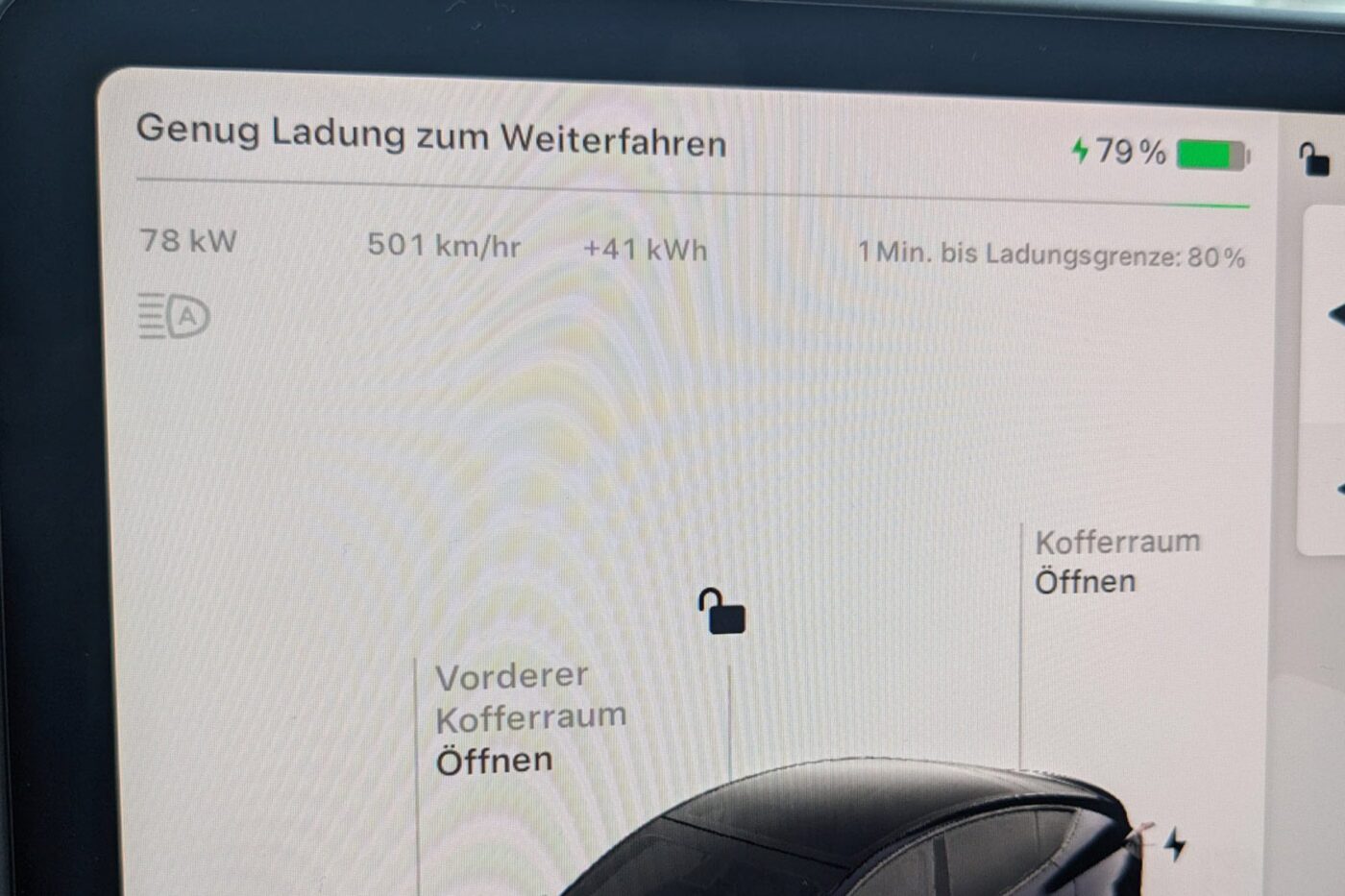
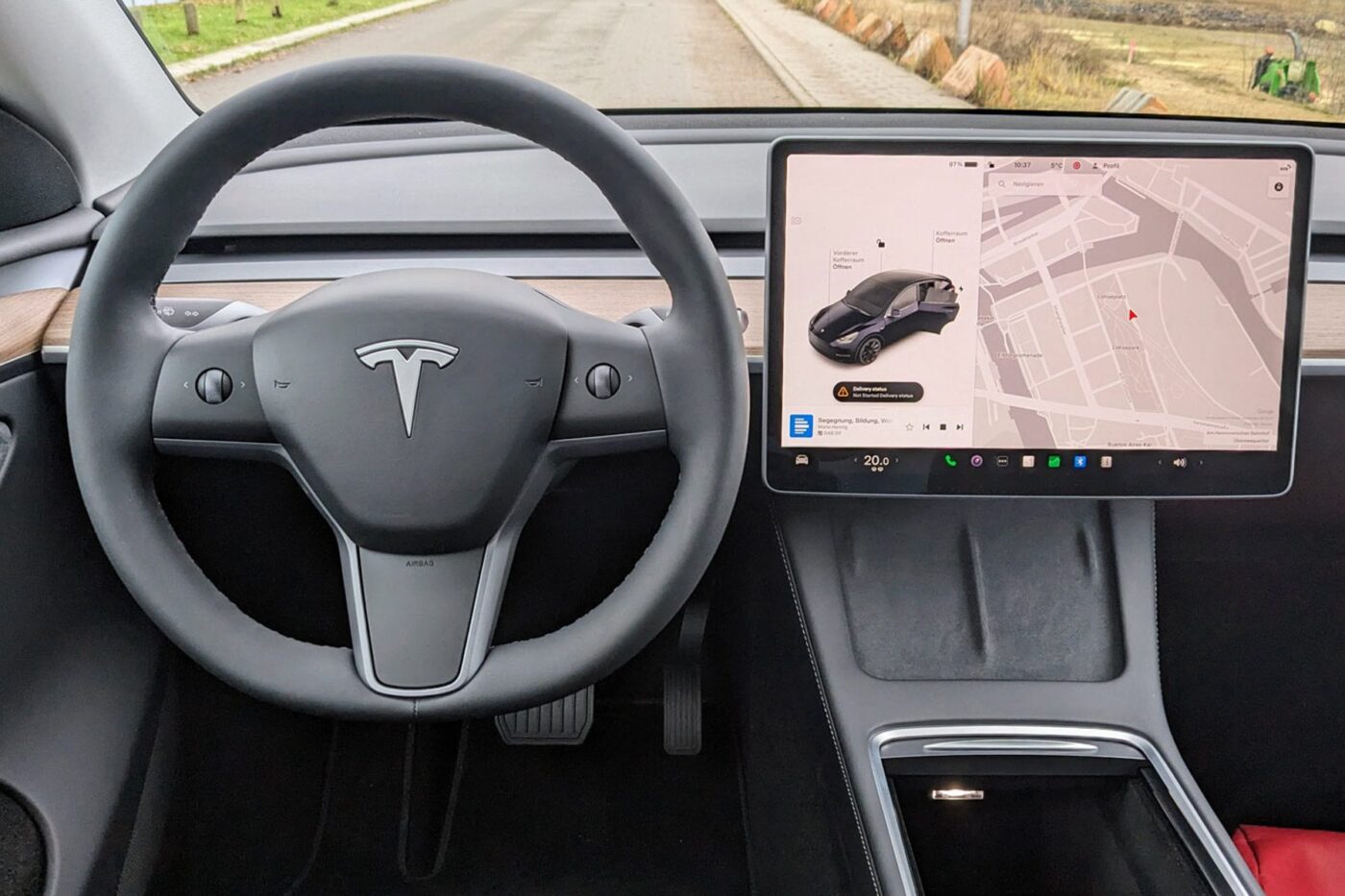
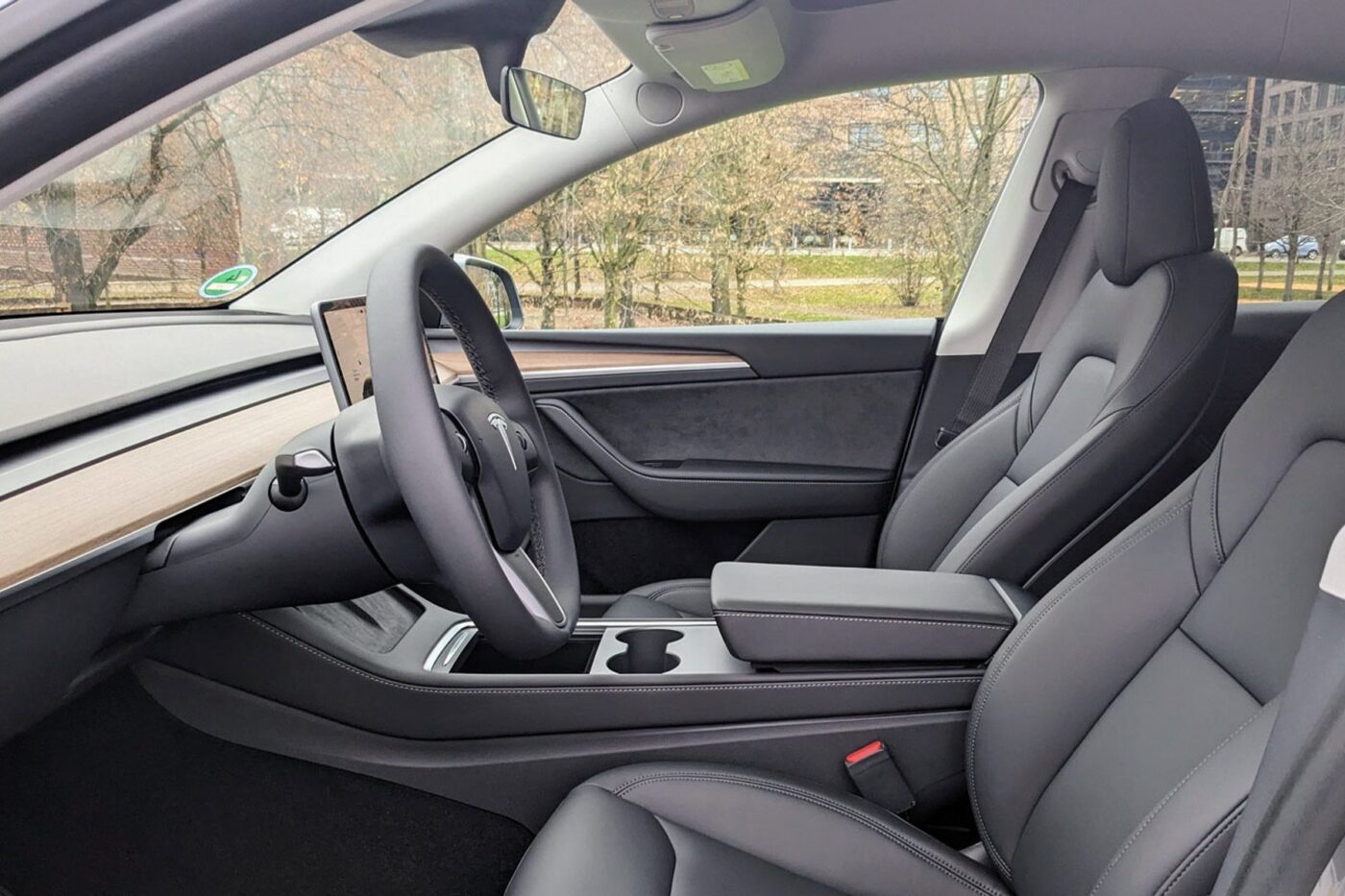
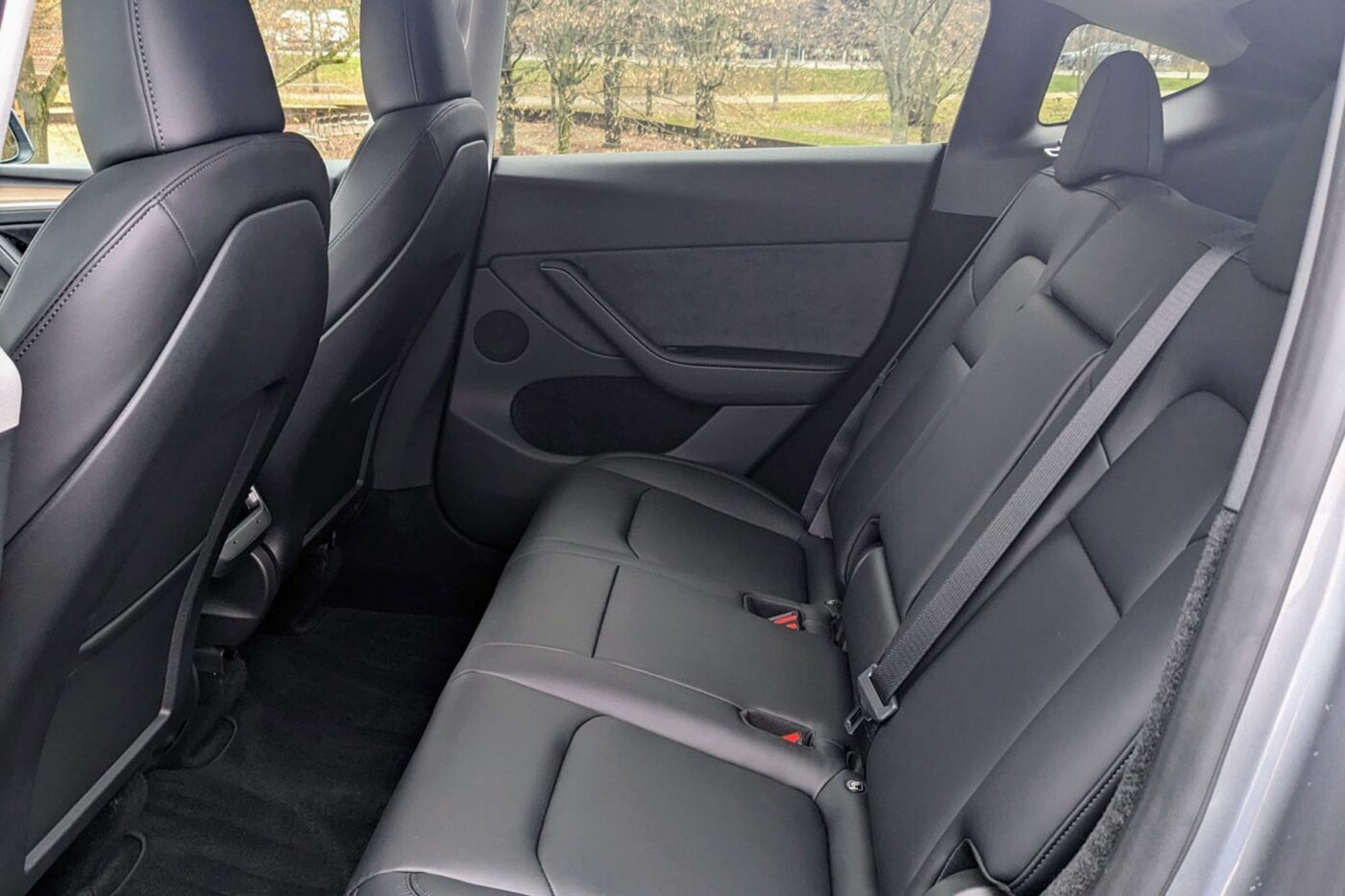
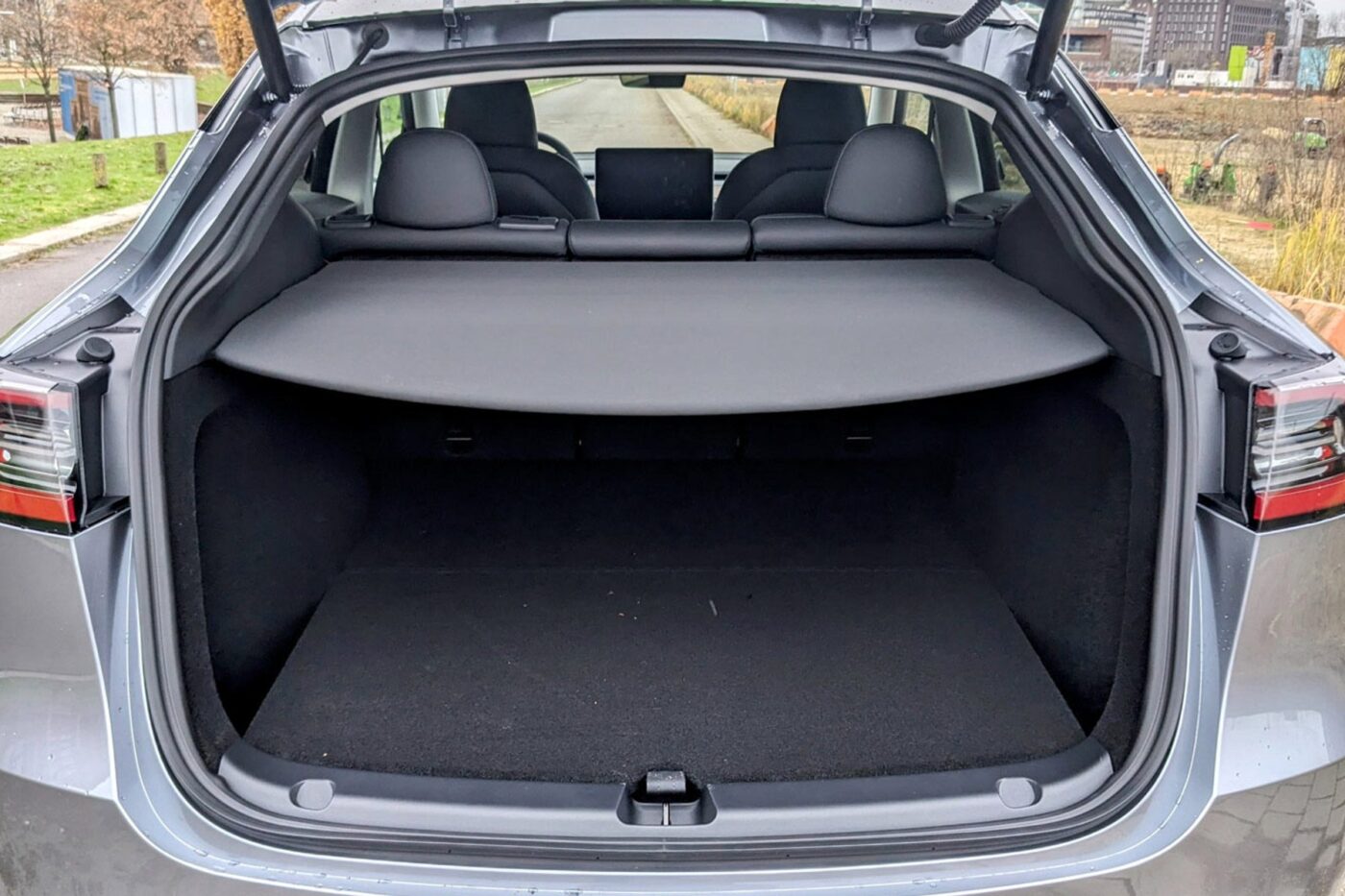
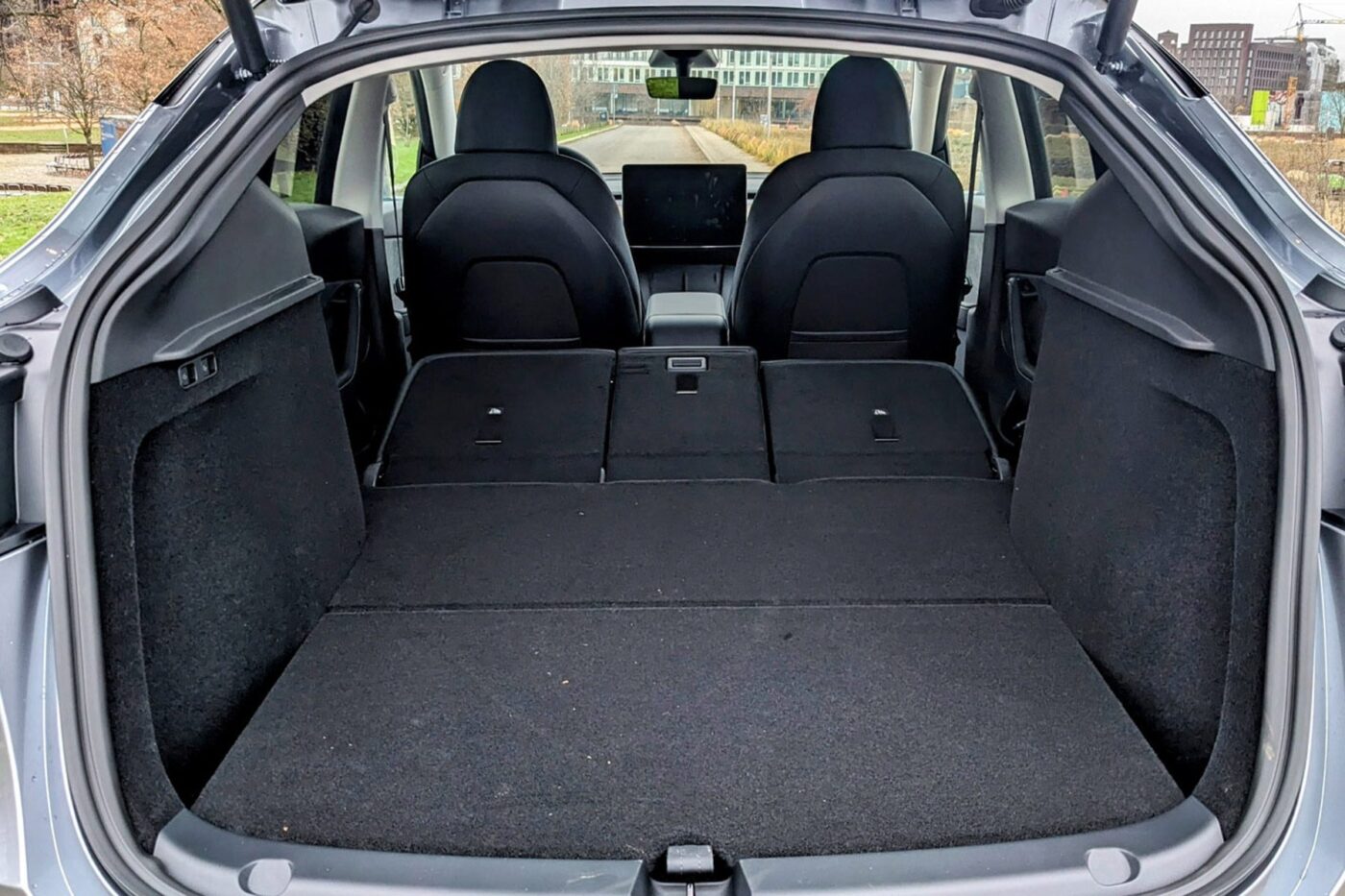
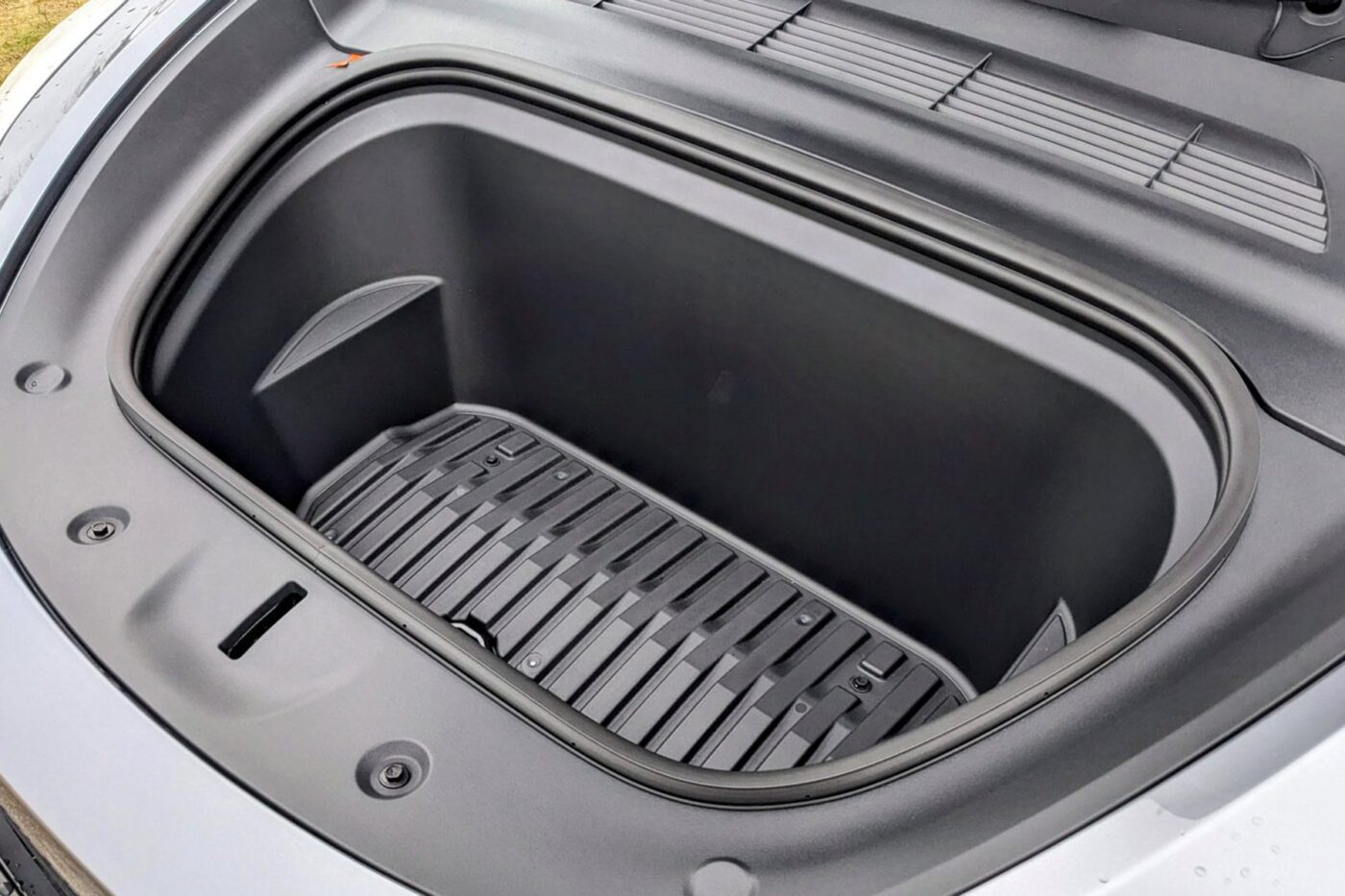
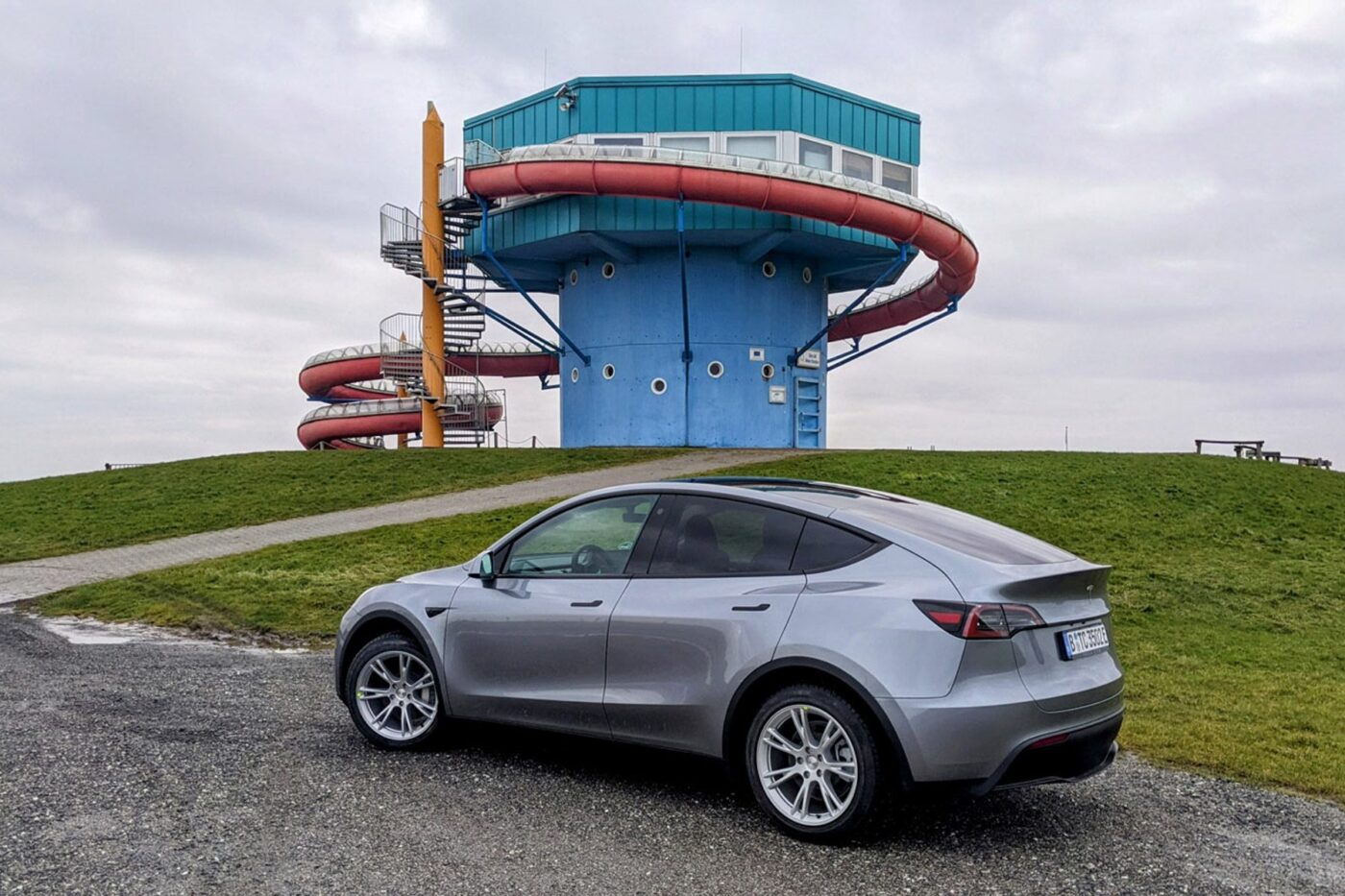
The peak power in the Model Y is over 170 kW. However, this figure is less meaningful than looking at the time for the typical charging period from ten to 80 per cent. This makes it easier to compare the performance of traction batteries with different capacities. Experts may know this as a C-rate. And here, 20 minutes not only means a lead over the average 30 minutes the competition usually takes. This sprint also outclasses the supplier BYD, which claims 44 minutes in its electric cars, such as the Atto 3.
LFP cells are resilient
How does Tesla do this? This is open to plausible speculation. What is clear is that preconditioning is a mandatory prerequisite for the high charging speed. Tesla achieves this with extensive experience and software. Furthermore, Tesla likely expects more from LFP cells than from other cell chemistries.
The reason is that LFP cells have a very high cycle stability. If a little of this excess durability is lost because the cells are pushed hard, it may be barely noticeable. It is also essential to understand that LFP cells have a very low risk of thermal runaway, as they are quite resilient.
The Model Y is economical
The LFP cells in the Tesla Model Y RWD are not only a disadvantage but are also favourable regarding real-life range. Tesla claims 455 kilometres and a power consumption of 15.7 kWh/100km according to the WLTP standard. In the winter test, we achieved precisely 20 kWh/100km or, as the brand puts it, 200 Wh/km on average. This results in a calculated range of 300 kilometres.
Keeping within the speed limits on the motorway, we were able to determine a range of 20.2 kWh/100km in heavy traffic and with varying speeds up to 24.7 kWh/100km on a clear stretch of road and with active preconditioning. This reduces the range to 243 kilometres. However, driving faster or even up to the top speed of 217 km/h – possible only in Germany – is no fun. More on that in a moment.
First, a few other sample values for power consumption, 15.4 kWh/100 km, were recorded in interurban operation. The minimum value of 13.4 kWh/100km was achieved in flowing city traffic. The Tesla Model Y is economical for a car of this size.
Chassis tuning and noise insulation could be improved
It is hardly surprising that the Tesla Model Y is the best-selling car in Europe and not just among electric vehicles. It offers plenty of space, is easy to operate, and benefits from the image that Tesla enjoys nowadays. Tesla is almost synonymous with the electric car itself.
However, with a little distance and a certain sobriety, it must also be said that the Model Y has weaknesses. For example, the chassis set-up remains poor. At low speeds, the ride comfort is moderate. At higher speeds, the steering is too indifferent. And when driving fast on the motorway, the Model Y is not nearly as confident as a BMW iX1, so you would rather refrain from speeding voluntarily.
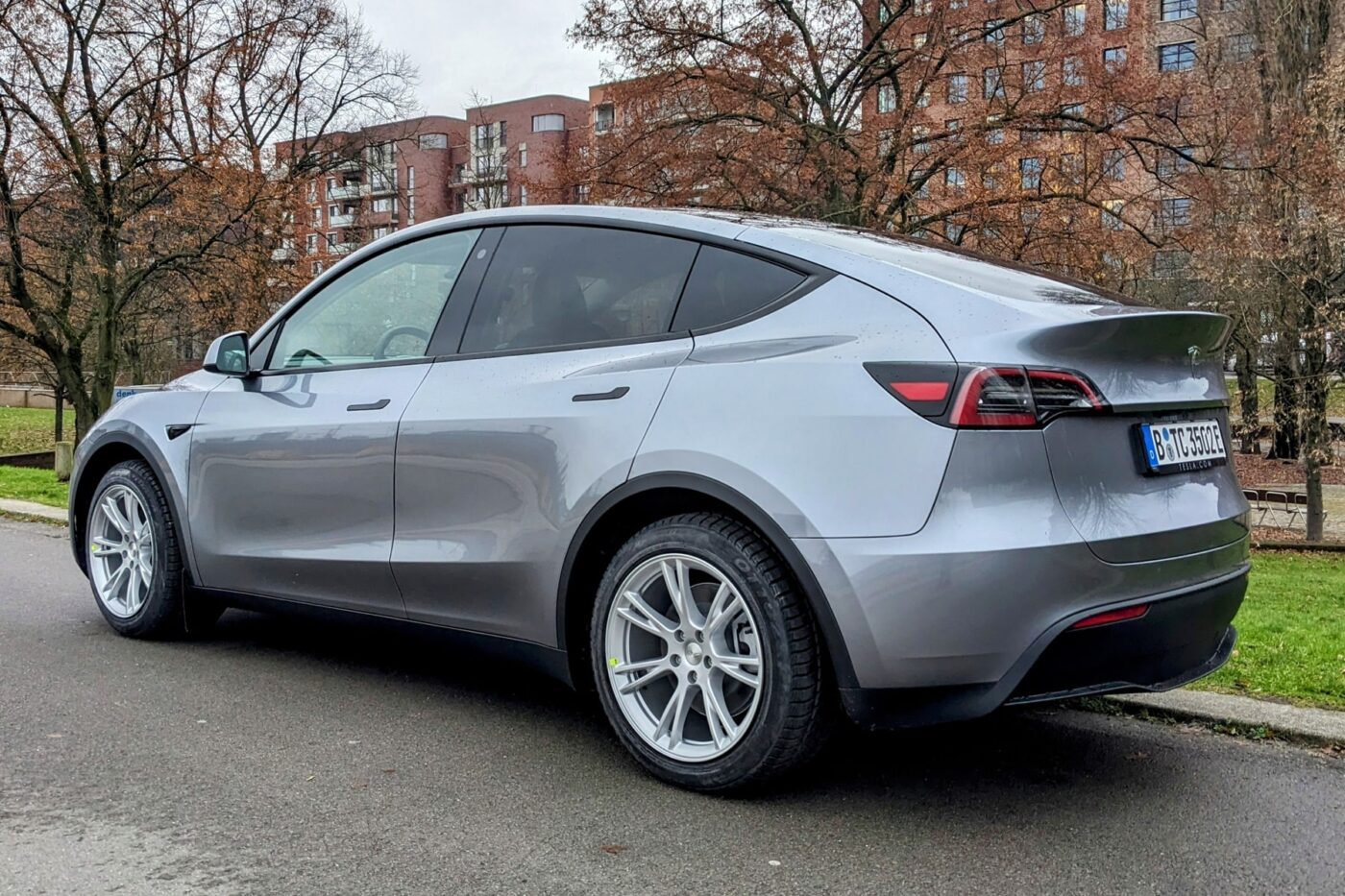
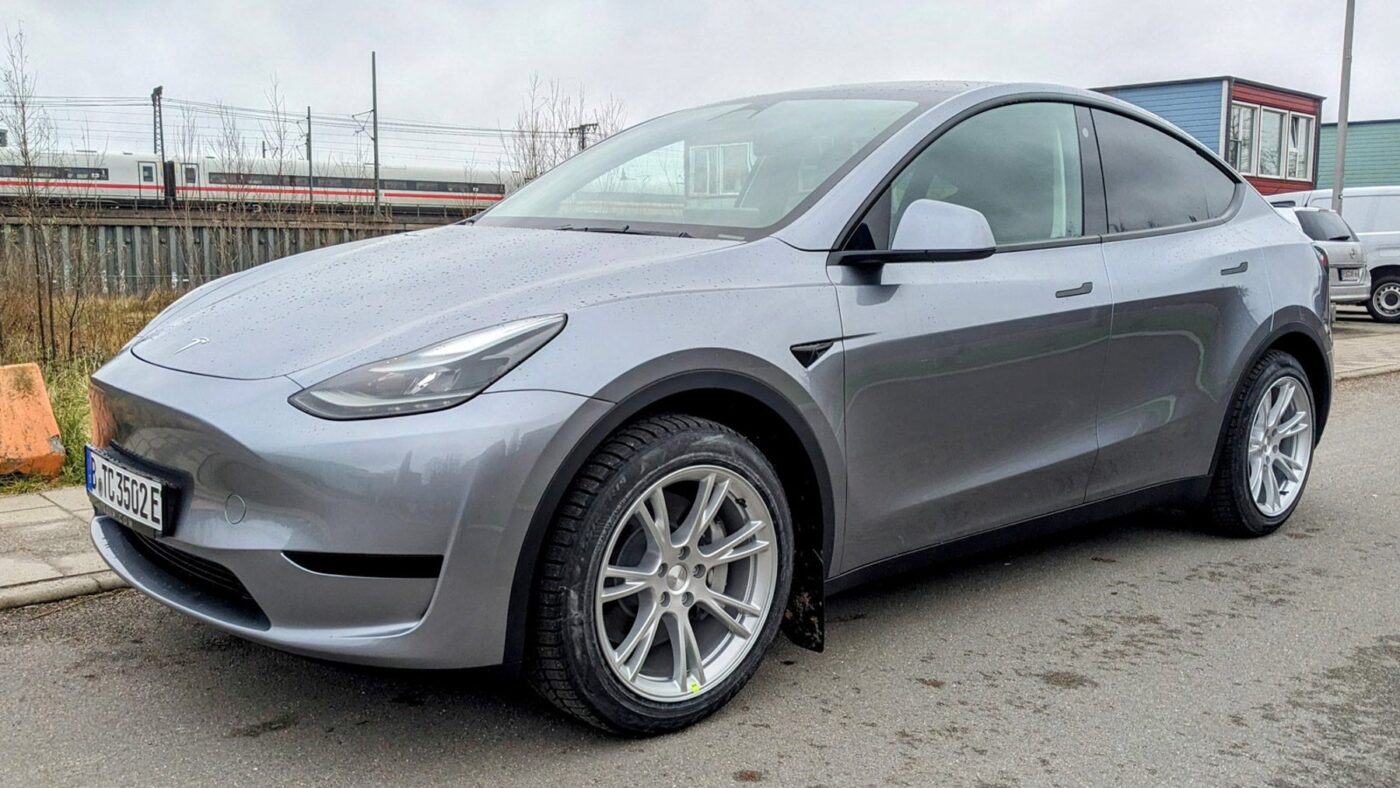
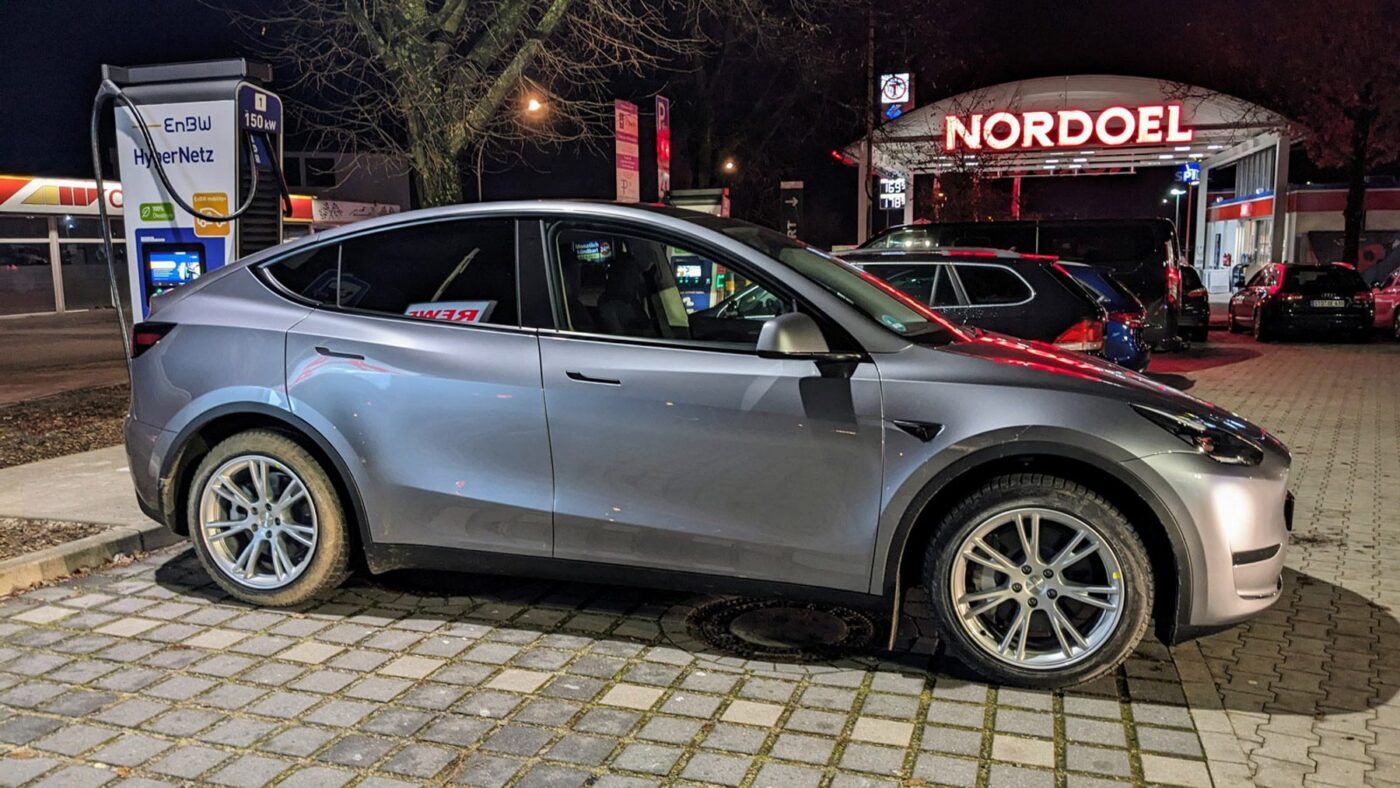
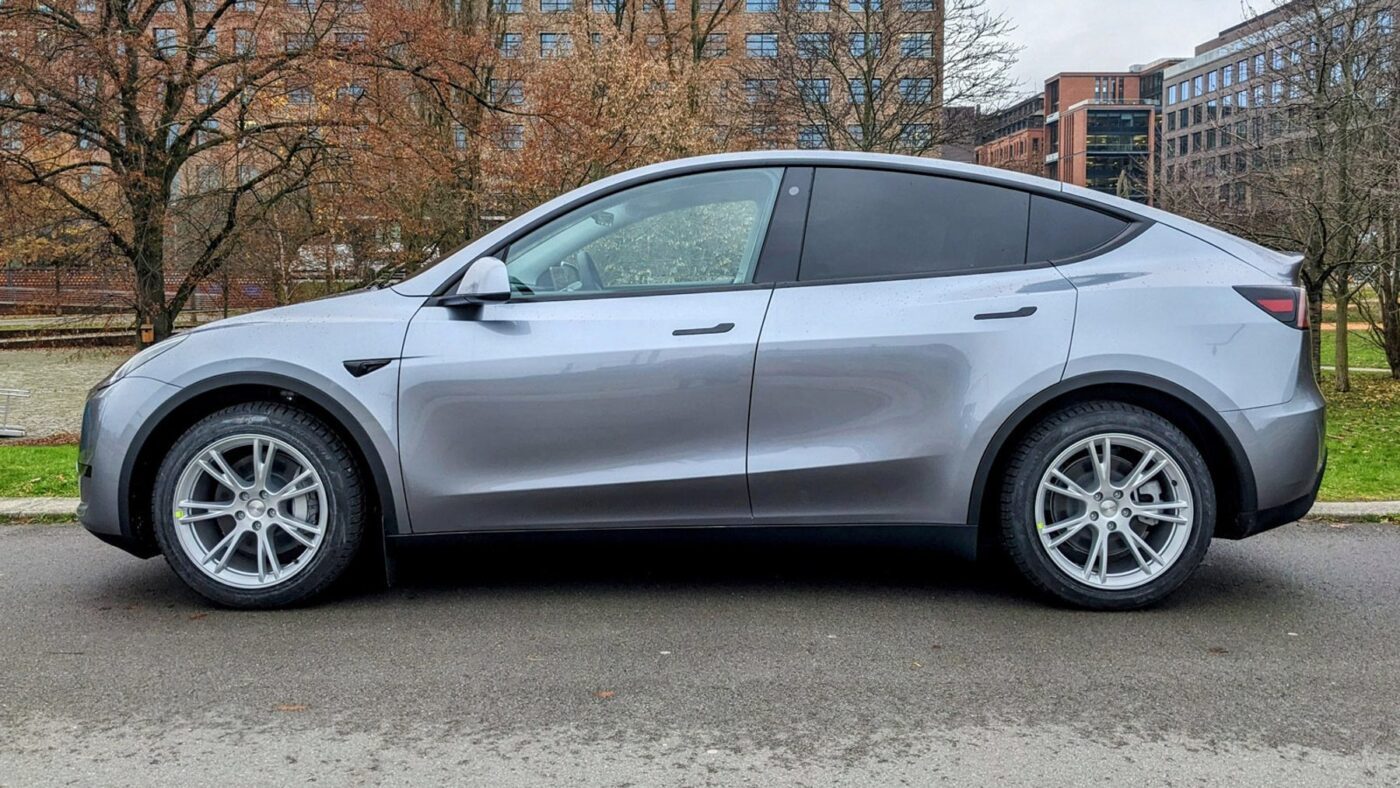
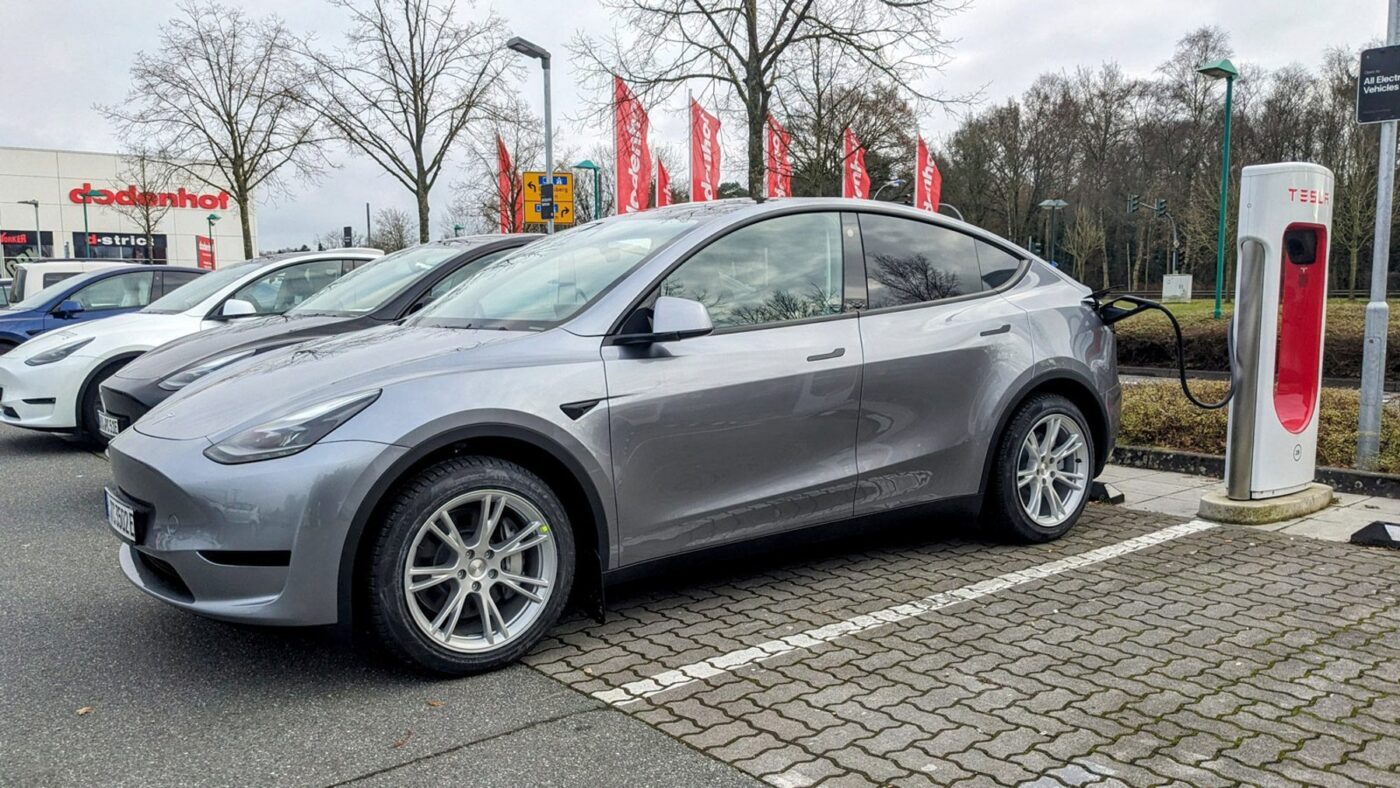
Anyone who hasn’t driven a new car for years or has never travelled in an electric vehicle will hardly notice. But there is much tough competition in this segment and price range, and it is often quieter and more comfortable.
Tesla has recently focussed heavily on reducing costs in production – a strategy that will pay off when the battle for money gets tougher. Leap innovations, on the other hand, have failed to materialise.
Assistance systems no longer cutting-edge
This is also the case with the autopilot, which does not fulfil what can be expected in this segment. The adaptive cruise control (neither Enhanced nor FSD) worked almost flawlessly during the test period. However, such a system in a Toyota Yaris small car does this as standard and matter-of-factly. Even in lane assist, a detail shows that Tesla has some catching up to do: The steering wheel does not recognise people by touch, but by pulling on the steering wheel. The design is also too sensitive and gives repeated warnings to put your hands on the controls even though they have been there for a long time.
The identification of lane lines and their differentiation between white and yellow, for example, in roadworks, is also not at the same level as the competition. And the traffic sign recognition system makes mistakes too often. It is only logical that there is no automatic, but only a manual transfer of the limits to the cruise control.
What is also missing is a 360-degree camera. The combination of the existing cameras does not produce a good all-round image, and the display of the centimetres to the next obstacle when parking is no longer as precise as it was in the days of Tesla’s ultrasonic sensors. It’s better to turn your head. The test car did not yet have the Holiday Update with 3D Park Assist, which may lead to an improvement.
The Model Y is the new Golf
The Tesla Model Y RWD for 42,990 euros (44,000 GBP) is by no means without an alternative. A Volkswagen ID.4 with rear-wheel drive, a 77-kWh traction battery and a standard range of 550 kilometres costs €40,900 until 31 March. VW is asking €32,600 for the ultra-mag version of the ID.4 with 52 kWh and 364 kilometres. The BMW iX1, with 474 kilometres in WLTP, is available for €47,900. An entire armada of electric SUVs of this size competes with the Model Y, and yet it sells best.
The Tesla Model Y has replaced no other than the Volkswagen Golf in Europe. What makes the Model Y RWD attractive from our point of view is how well thought-out this electric car is in terms of its typical drive characteristics. The short charging times at the Superchargers and the reliability of the route planning are fundamental plus points. Many customers like the reduced, clean cockpit, which still has an indicator lever before the foreseeable revision called Juniper, and the operation via the display. For everyone else, there is plenty of choice from other manufacturers.
Review by Christoph M. Schwarzer, Germany. Translation and localisation by Nora Manthey, UK.


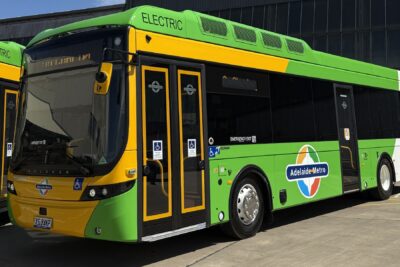

0 Comments